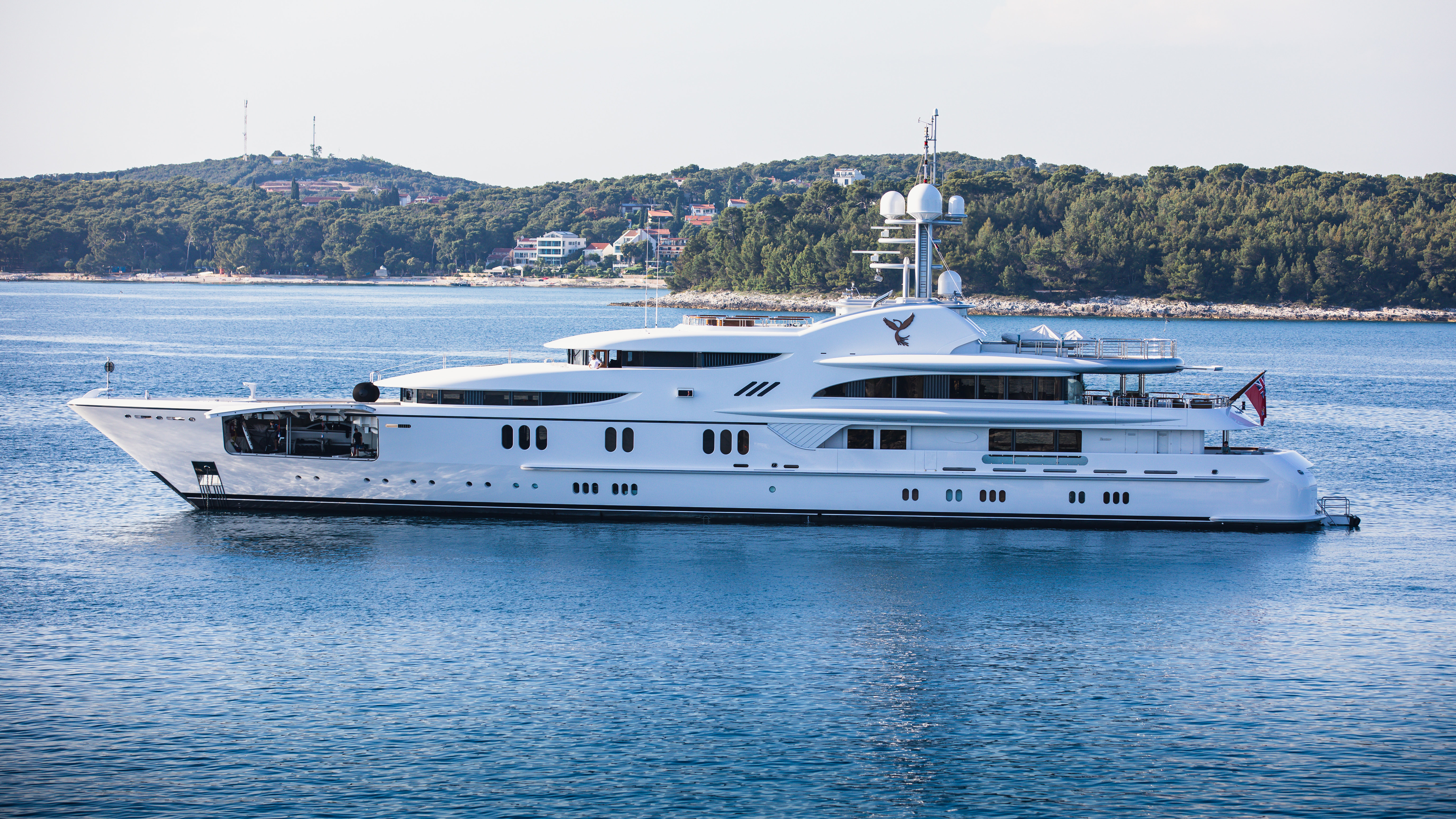Hey everyone,
Have you heard of 'The great carbon divide‘? It is often referred to as the 'carbon footprint gap' or the 'emissions imbalance‘, and produces frightening numbers. The great carbon divide describes the huge gap between the amount of carbon dioxide the rich versus the poor emit, and these numbers shocked even us.
What does this mean?
There have been many different studies, and all of them show terrifying results. One study from the Guardian and Oxfam, reports that the richest 1% of the world's population emit more carbon than the poorest 66%. The richest 1% consist of 77 million people, which may seem like a lot at first, but the poorest 66% refers to over 5 billion people! Africa, which is home to 17% of the world's population, only causes 4% of the world's emissions. This top 1% emitted 16% of global CO2 emissions in 2019, that's 5.9 billion tonnes of CO2. Modelling suggests that it would take someone who isn't in the top 1% about 1500 years to emit the same amount that the richest billionaires do in one year.
What about the richest of the rich?
And then there's the super rich, the richest 0.1% of humanity. Their average carbon footprint is 77x higher than the limit for still reaching the 1.5°C goal. But these people have a lot of power and a lot of influence. They own shares in cooperations across the world (which also produce more emissions) and own many social networks and media companies. They have enough money to be able to afford extensive advertising for products that are terrible for the environment, and for PR agencies and lobbyists (remembering that many climate laws have not been able to pass because of lobbyists). They can also mix socially with important politicians, who are often part of the top 1% themselves. 25% of the US Congress members privately own shares and stocks in the fossil fuel industry. 12 of the richest billionaires emit enough in one year to power 2 million households, that's 17 million tonnes of greenhouse gases. Most of these emissions come from their investments and companies, although private jets, massive villas and especially super yachts definitely add onto that significantly. The average billionaire emits 3.1 million tonnes every year just through their investments, which is 1 million times higher than the average per person emissions by the bottom 90%.
Who’s affected by these Carbon Emissions?
And so if the rich and super rich are so responsible for carbon emissions, it would seem only fair that they suffer some of the effects of those carbon emissions right? Unfortunately that is not the case. The groups most affected by the climate crisis are migrants, people already living in poverty, marginalised ethnic groups and women and girls. These are also the people the least likely to have insurance, social protection or even just personal savings, making them even more vulnerable to wildfires, heatwaves and floods. In turn, this causes more inequality and suffering. The climate crisis and inequality are often seen as completely different problems, but they are strongly interlinked and also perpetuate each other.
Hopefully you found this interesting, it certainly stunned us. However, we think it’s really important to not give up because we are to the biggest problem. Although we’re not in the top 10% of CO2 emitters, every little bit we save matters! So we encourage you to not give up, just like we won’t, stay strong and save CO2. Stay tuned for more info, this is certainly a topic that will continue to become ever more prominent.
Your Green World Blog Team💚


Comments
Post a Comment